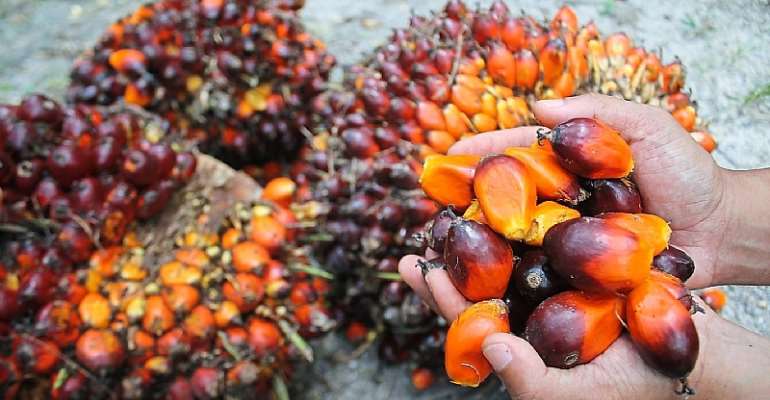Abstract
Tocotrienol, an analogue of vitamin E has been known for its numerous health benefits and anti-cancer effects. Of the four isoforms of tocotrienols, gamma-tocotrienol (γT3) has been frequently reported for their superior anti-tumorigenic activity in both in vitro and in vivo studies, when compared to its counterparts. In this study, the effect of γT3 treatment in the cytoplasmic and nuclear fraction of MDA-MB-231 human breast cancer cells were assessed using the label-free quantitative proteomics analysis. The cytoplasmic proteome results revealed the ability of γT3 to inhibit a group of proteasome proteins such as PSMA, PSMB, PSMD, and PSME. The inhibition of proteasome proteins is known to induce apoptosis in cancer cells. As such, the findings from this study suggest γT3 as a potential proteasome inhibitor that can overcome deficiencies in growth-inhibitory or pro-apoptotic molecules in breast cancer cells. The nuclear proteome results revealed the involvement of important nuclear protein complexes which hardwire the anti-tumorigenesis mechanism in breast cancer following γT3 treatment. In conclusion, this study uncovered the advancing roles of γT3 as potential proteasomes inhibitor that can be used for the treatment of breast cancer.



